Lisk Review: The Leading JavaScript Dapp Development Platform
Lisk (LSK) is a pretty established project that was launched in 2016. They are trying to bring blockchain development "to the masses" with their unique platform.
This "developer's blockchain" is well liked because of their numerous SDKs and their use JavaScript. It joins a long list of similar projects that are trying to simplify the process of developing decentralised applications (dApps).
So, with so many competing platforms, can Lisk stand out?
In this Lisk review I will attempt to answer that. I will also take an in-depth look at the LSK token use cases and their long term adoption potential.
What is Lisk?
Lisk is a platform for decentralized applications that allows developers to create their dApps on sidechains using the popular programming language Javascript. This is actually huge because one of the biggest struggles the industry has seen in its infancy is getting developers up to speed with new programming languages and grasping the granular codebase of existing blockchains.
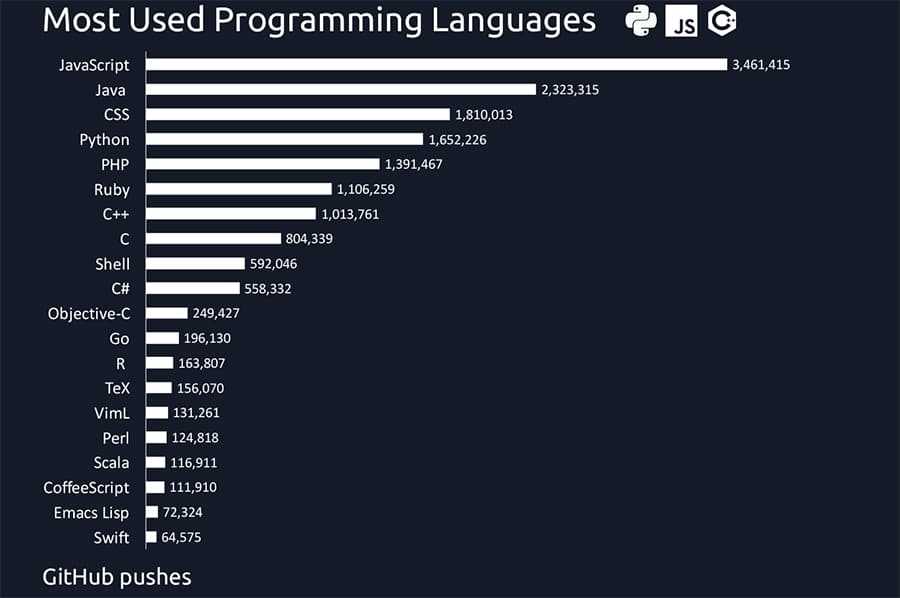
Until the blockchain made decentralized applications possible developers remained at the mercy of the centralized app repositories such as Google Play and the Apple App Store. These centralized platforms took the majority of developer revenues and also made it difficult for new developers to gain traction without spending advertising dollars on those same platforms.
Lisk is hoping to simplify development by using Javascript and to make development fairer for the developer community. With millions of programmers already using Javascript, Lisk has a step ahead of the likes of Ethereum, where developers are forced to learn the new programming language Solidity if they want to develop dApps.
How Lisk Works
Lisk is seeking to be a platform provider for dApps with its own network, which makes it similar to Ethereum and Tron, but it has its own unique features.
As mentioned above, Ethereum uses the Solidity language, which forces developers to learn a new programming language if they want to work with Ethereum. It is also focused mainly on smart contracts.

Lisk uses Javascript and a complete Software Development Kit (SDK), and allows developers to place their fully developed dApps on a Lisk sidechain for a fully independent blockchain with each dApp that shares in the security provided by the Lisk mainchain.
What are Sidechains?
Sidechains are their own separate and independent decentralized ledgers that link to a mainchain to derive security without affecting the speed or performance of the mainchain. This construction also allows for interoperability between the mainchain and sidechain, such as synchronizing and transferring tokens between chains.
Sidechains are an important construct for developers because they can access network scaling, asset tracking, customized consensus, and even testnets.

Lisk isn’t the only platform using sidechains as a solution, but most of those are either private blockchains or a single sidechain. Lisk gives stability and security from its mainchain while giving the sidechains ultimate flexibility.
Developers have complete freedom in the construction of their very own blockchain network, leaving the security in the hands of the Lisk mainchain. And Lisk benefits because any bugs on the sidechains stay on the sidechains and have no impact on the Lisk mainchain.
Why is Lisk Different?
The Lisk creators wanted to make blockchain technology as accessible as possible, so they created a solution based on a Software Development Kit (SDK) written in Javascript with its main focus being developer support and the user experience.
The Lisk SDK has four primary parts:
- The Consensus Algorithm - Lisk uses Delegated Proof of Stake (DPoS).
- Sidechains - This allows developers to create their own independent blockchain linked to the Lisk mainchain.
- Back-end Code – Developers are able to use this customizable code and create dApps.
- Front-end Code – Customizable user interface elements.
The reason the creators of Lisk configured it in this way was to allow any independent project the ability to link to a stable parent chain that shares its security (via delegates), scale and robustness.
When the original Lisk blockchain is combined with the open-source SDK developers can easily create dApps that are convenient and useful. The dApps can then be made accessible in a decentralized “dApp store.” Similar to the way Ethereum uses gas, Lisk consumes LSK tokens for using the services of the network.
The end result is that developers can focus exclusively on the utility of their dApp without having to give a thought to the creation and management of a blockchain.
Lisk Development Use Cases
Lisk has already given developers some basic examples of blockchain services that can be easily provided using the Lisk SDK:
- Oracles – Gives developers the ability to pull in real-time data with blockchain oracles
- Smart Contract Execution – Eliminates counter-party risk through secure, trustless escrow services.
- Decentralized Hosting – Allows for the storage of media in a decentralized cloud-environment.
- Identity – Instant single-sign-on service for websites that require registration.
By using an open-source SDK the entire Lisk ecosystem benefits from every new dApp created by developers. As an example, a developer could create their own sidechain to deploy Ethereum Virtual Machine smart contracts and then every other developer would be able to use that library in their own projects.
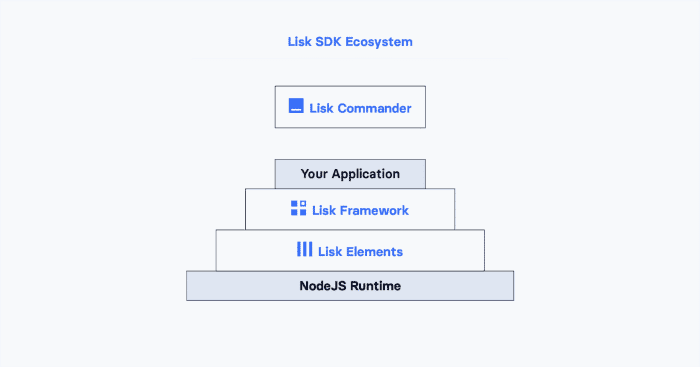
This means as more developers use Lisk it will become increasingly useful. A network effect will soon appear which will lead to the rapid development of the most needed services and dApps.
Lisk Decentralized App Directory
The Lisk client allows you to search for any dApp that’s been added to the network, just as you would use an app store to search for traditional apps.
This is possible because all of the blockchain apps must register to the mainchain, creating a link between the mainchain and sidechain and allowing the application directory to find and list all available blockchain applications.
During the registration process, the developer is able to set a unique name for their dApp or service as well as providing the download link and adding a description, category, tags and an icon for branding purposes. It’s all very much like the current process followed with traditional apps on Google Play.
Lisk History
Lisk was first envisioned by its founders, Max Kordek and Oliver Beddows, in response to the confusion developers had over which language to focus on for blockchain development.
You see, Bitcoin Core was written primarily in C++, while Ethereum uses a brand new programming language called Solidity. Kordek and Beddows envisioned a way to make blockchain development more accessible and figured since the internet primarily runs on Javascript, why not use that to create a blockchain and dApp platform.
The initial creation was launched in 2014 and was called Crypti, but that later evolved into Lisk in May 2016, when Crypti forked to better realize the founder’s vision.
The Lisk Team
The Lisk team is comprised of 53 dedicated individuals but remains led by the co-founders Max Kordek and Oliver Beddows.
Max Kordek realized back in 2012 the power that the blockchain would have and spent several years absorbing as much information about blockchain as possible before founding Lisk. He remains the President and CEO at Lisk and continues guiding the project based on the vision that created it in the first place.
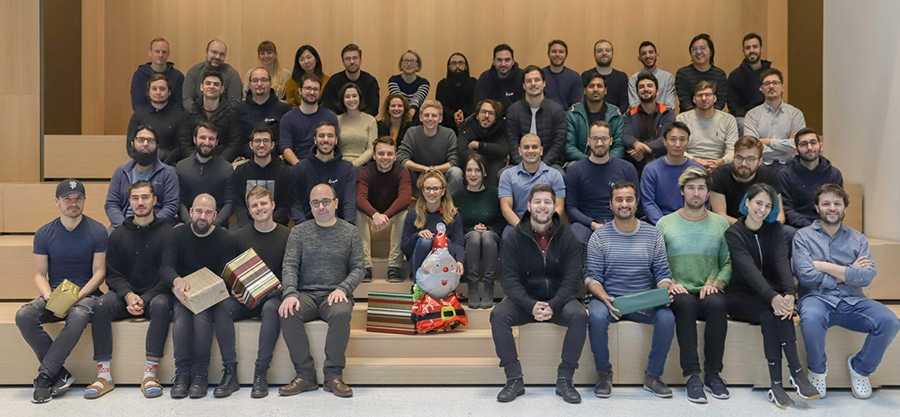
The other co-founder of Lisk is Oliver Beddows, and he acts as the Vice-President and CTO of the project. He brings over a dozen years of software development experience to Lisk, and like Kordek, he realized that blockchain technology was the future of making the world more equitable.
Believing existing blockchain projects were too complex, he joined with Kordek to create a blockchain that was easily accessible and user-friendly.
The LSK Token
Lisk was one of the earlier tokens to the ICO party and held there’s on March 21, 2016. At the time each LSK token was priced at $0.075 and the team reached their hard cap in less than 24 hours, raising roughly $6.5 million.
The token didn’t begin trading until April 6, 2016, and hit a high of $3.77 on that day and $8.29 the following day! That means those who sold immediately could have made more than 1,000x their investment. During the ICO $100 would have bought roughly 1,333 LSK, which could have been sold a couple of weeks later at the high for $11,050!
The price quickly pulled back under $2 a few days later, and under $1 by the end of April, although it remained volatile throughout May and even traded near $5 again during that time. By June 2016 the price had settled around the $0.30 level, remaining there until October 2016.
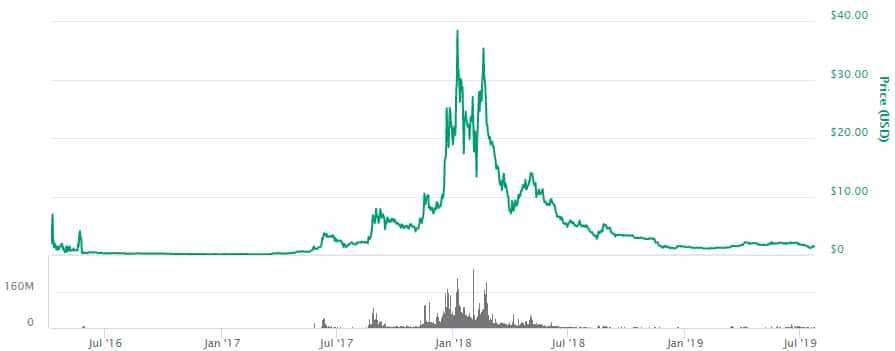
The last quarter of 2016 and early 2017 saw the price decline further to a range of $0.15 to $0.20 per LSK, still more than double the ICO. After reaching lows around $0.12 in February the price began to rebound, and by May 2017 it was back above $1, and by June was trading around the $3 level.
Price jumped again in August to the $7 to $9 level, pulled back to around $5 by October and then roared into the end of the year as the entire cryptocurrency market went wild. LSK hit its all-time high of $39.31 on January 7, 2018.
It actually held up well after that in comparison with the broader market and was still trading over $10 as of May 2018. However, it continued declining along with the broader market in 2018. It reached a low of $1.05 in February 2019 but did not break below the $1 handle again and as of July 22, 2019, it is trading at $1.54.
Buying & Storing LSK
Given the low price and potential for another rally, you can buy LSK tokens at a number of exchanges. The largest trading volume is at YoBit, followed by CoinEgg, CHAOEX, and HitBTC. LSK does trade on Binance as well, but unusually it is not the largest exchange for this token. It is also available at several dozen other exchanges.
LSK trading turnover on these exchanges is quite high. This means that there is a decent amount of liquidity which could ensure limited order slippage on larger block trades.

Storing LSK tokens is an important consideration if you’re going to own them, and since rebranding to Lisk, the team has made several excellent options available to the community. We have covered a list of the best Lisk wallets if you want more options.
There are mobile wallets for both Android and iOS systems, making storage quite convenient. The best solution though is the Lisk Hub, which is a desktop application that allows you to store, send and receive LSK, as well as voting for delegates.
Planned upgrades to the Hub will include purchasing LSK with BTC, a blockchain explorer, and the ability to register the name of your app. Also available is Lisk Core, which is a full Lisk node, but works with a command-line interface, so isn’t suitable for most users. And for those who want the best security, the Ledger and Trezor hardware wallets both support Lisk.
Lisk Development & Roadmap
It can no doubt be hard to determine how much work is being done on a blockchain project. Sometimes, development teams will be liberal when it comes to their progress.
However, I am a firm believer in the the proof being in the pudding.
One of the most effective and direct ways to monitor development is through the coding activity on a project's public code repositories. Code commits are a useful metric to judge this activity.
Hence, I decided to jump into the Lisk's GitHub to see exactly what the developers were busy working on. Below are the code commits for three of their top pinned repositories.
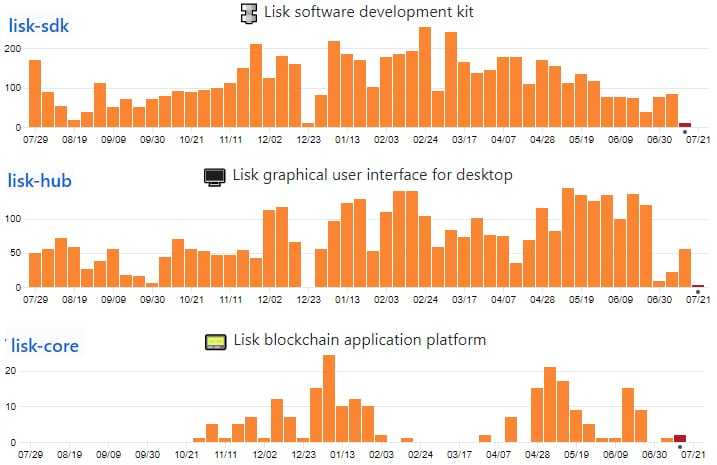
As you can see the team has been really active pushing code in the past year. This is far more than we will see on other blockchain projects at similar levels of development. It is also important to point out that there are a further 29 other repositories with varying levels of commits.
To give you an idea of where the Lisk development stacks up when compared to the other projects, you can observe where they rank on GitHub activity tracking sites. For example, on CoinCodeCap, Lisk is ranked at number 4 for total activity and at number 2 for total commits!
Of course, this level of development activity will make sense when viewed in conjunction with the broader Roadmap.
Roadmap
Lisk has a pretty extensive development roadmap. They have broken this down piece-by-piece and have split it up by phases, product, status and objective.
They have also given quite granular details when it comes to the status of these updates. These include the following steps:
- Objective defined: Has been placed in the Roadmap
- In research: Currently being discussed internally
- LIP drafted: Lisk Improvement Proposals are submitted to GitHub for review
- In development: Alpha PoC for the LIP is being developed
- LIP proposed: LIP is placed in Beta on the Lisk Tesnet
- Completed: Lisk mainnet accepts the propsal and it is pushed live.
The Lisk Improvement Proposal (LIP) is the team's attempt to open the Lisk development up to the rest of the community in a truly open source way. It relies on a feedback and contribution method to push forward concepts and solutions in a decentralised way.
As you can see, there are many proposals and milestones underway in their roadmap. If you wanted to keep up to date with the latest development updates then your best bet is perhaps to check out their official blog.
Conclusion
Lisk isn’t the oldest cryptocurrency, but it has been around longer than most. It has seen slow, but steady growth over the years, and while the price of LSK tokens can only be described as volatile, it has remained well above its ICO price at all times, even at the depths of the crypto winter.
The development team has been consistent in keeping to the roadmap and hitting their deadlines, which is refreshing in the blockchain industry.
It’s also good to see that both of the founders have remained with the project since the beginning, guiding its growth in accordance with their vision, and providing leadership to the growing team of developers that have gone from working around a kitchen table to regular offices in the center of Berlin, Germany.
While the core community might cal Lisk an “Ethereum killer” the truth is the project is just one among many up and coming blockchain projects working on creating a dApp platform. Lisk hopes to separate itself and increase its growth trajectory by using the familiar Javascript and a library of open-source SDKs.
The SDK based on Javascript was an excellent idea and brings a level of simplicity to an industry that is known for its complexity. Using an existing solution that’s already embraced by millions of coders was a smart idea that should have allowed Lisk to access a pool of developers much faster than competitors, although this doesn’t seem to be the case so far.
Instead, Lisk has seen its token slip to the 47th position on CoinMarketCap, while competing dApp platforms from Ethereum, EOS and Tron are all in the top ten in terms of market cap. Those competitors also have hundreds, if not thousands of dApps, while as far as I could find Lisk has less than one dozen dApps, even after being in existence for five years (versus 1 year for a project like Tron).
That isn’t necessarily negative. As I said, Lisk has been a slow and steady project, and only time will tell which blockchain projects survive and flourish, and which fall by the wayside. If the Lisk team has anything to say about the situation they will be one of the survivors.
Disclaimer: These are the writer’s opinions and should not be considered investment advice. Readers should do their own research.
